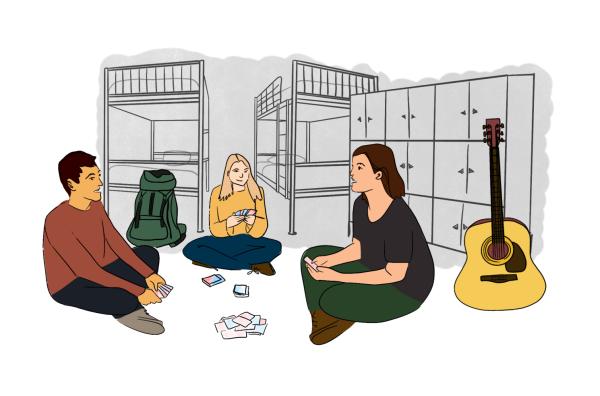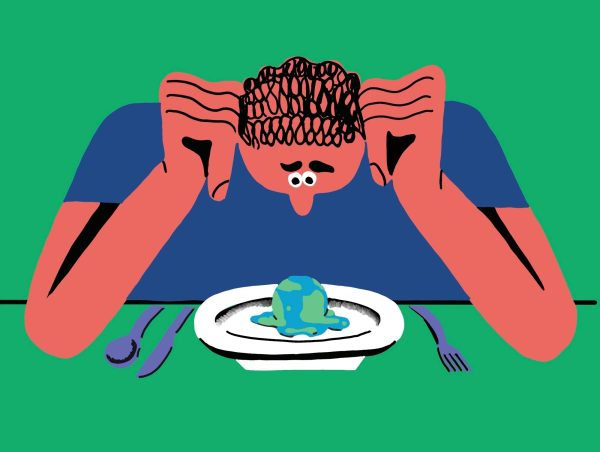Sustainability Column: Straws
Humans have a long history of using straws. There is evidence that Ancient Sumerians, who existed around 5,000 years ago, used straws in the beer that they brewed. The first patent for the disposable straw was registered in 1888 by Marvin Stone, who created a prototype that was made out of paper. Today, straws have become the focus of an anti-plastic environmental movement, and many companies and cities have begun to phase out straws or even ban them completely. In July of 2018, Seattle became the largest U.S. city to ban plastic straws. Starbucks and McDonald’s have both announced plans to phase out or ban the use of plastic straws. Even certain airlines, such as Alaska Airlines, have announced plans to phase out plastic straws and stirring utensils. In the United States alone, it is estimated that roughly 500 million plastic straws are used in one day, and as many as 8.3 billion straws litter beaches around the world.
While the movement to end the consumption of single-use plastic straws is certainly a step forward in the movement to end the pollution of the oceans, it is a small step. It is estimated that nearly 8 million tons of plastic flow into the oceans every year, and plastic straws make up only 0.025 percent of that number. The majority of plastic in the oceans is made up of cigarette butts, food wrappers and plastic bottles and bottle caps. Beverage companies such as Coca-Cola, Nestle and Pepsi produce preposterous amounts of plastic bottles every day. Coca-Cola, for instance, produces roughly 110 billion plastic bottles per year. In total, roughly 494 billion plastic bottles were produced in 2017, more than doubling the total that was produced in 2004. That number is expected to increase, with more than 594 billion bottles being produced by 2022. The largest problem with this issue is that very little of the plastic that is used is recycled. Since 1950, roughly 9.5 percent of all plastics that were produced were recycled, with the rest being incinerated or piled up in landfills or the environment. These plastics then find their way into fish, sea turtles, whales and eventually humans. Plastic has made its way into drinking water, salt, seafood and even the air. Given the incredible magnitude of our plastic problem, it becomes clear why companies, large industries and advocacy groups have chosen a far more correctable, if small, proportion of the problem to focus on in choosing plastic straws.
This is not to say that the movement to reduce and remove plastic straws from our everyday lives is not a positive one. It simply means that the conversation cannot stop at plastic straws. Given the small percentage of plastic waste that straws make up, we must continue to put pressure on corporations that utilize single-use plastics. The movement away from plastic straws must become a catalyst for a broader conversation to be started around the reduction or banning of all single-use plastics in our everyday lives. This would not only better our lives, but also better the entire world.
Contact Ethan Reiser at [email protected].









